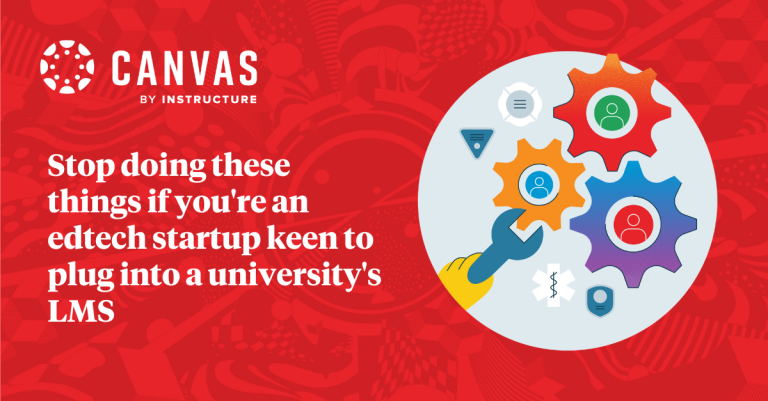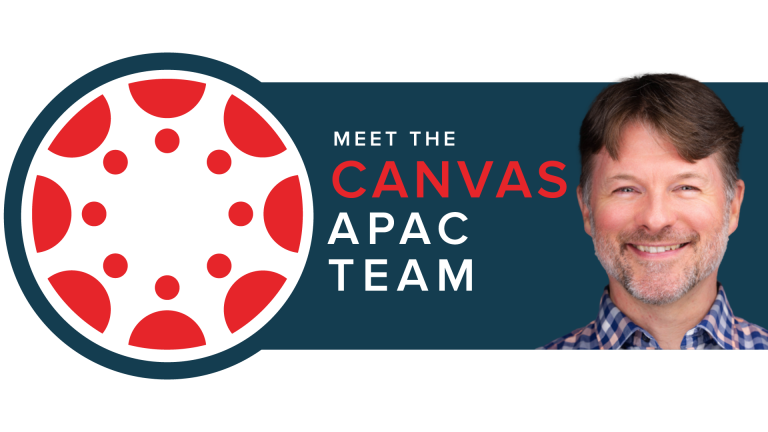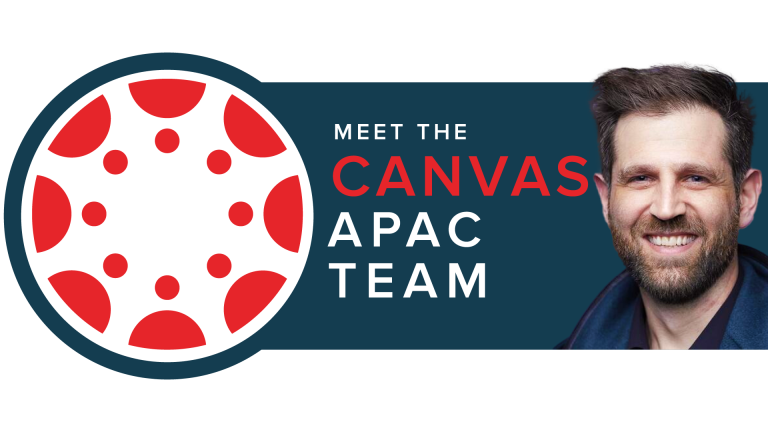
The edtech sector is expected to be worth $404 billion globally by 2025, according to the tracking and forecasting company HolonIQ.
The move to online teaching due to the pandemic has seen edtech companies speed up the digitalisation of the higher education sector by five to 10 years. This is according to a study by the investment bank Credit Swisse. It lists the benefits of virtual education – an outcome of edtech companies - as cost-efficient, flexible, and effective.
So how can fledgling edtech companies harness opportunities in higher education institutions?
Straight from the horse’s mouth
Damian Sweeney, Senior Learning Analytics Consultant, and Jeremy Goh, Manager, Academic and Learning Systems Support, both from the University of Melbourne, shared their insights recently at the 2022 InstructureCon.
As a thought-provoker, Jeremy said: “You’re trying to get your software taken up by a university, but there are lots of obstacles in your way. You think your product could really transform students’ learning, but you can’t seem to get your foot in the door. What could possibly be the problem?”
They discussed vendors’ misconceptions, assumptions, approaches to ads and pricing, why an open API is superior, how to scale from a prototype, and more.
Where edtechs go wrong
Some edtech companies assume it’s as simple as offering their LTI to plug into an institution’s learning management system (LMS) and “we’re on our way”.
There’s a lot more to it. Here are IT vendors’ common mistakes:
- Claiming another institution is “on board with their plugin” where it may be only a single academic who’s shown interest
- Thinking a privacy statement on their website is adequate for data security, storage, and dealing with data requests
- Demanding root or admin access to an institution’s LMS so it can “work properly”
- Getting access to an institution’s LMS means a vendor is entitled to data harvest, and
- Skipping their due diligence by not testing the LTI elsewhere, such as a sandpit/controlled environment first.
The higher education sector needs to be cautious, said Damian.
“This is about a test environment. We [at the University of Melbourne] have a complex ecosystem with multiple interoperable parts. We need assurances that your product won’t break anything else. You need to be able to deploy several instances of your product [elsewhere] so we can test the configuration and makes sure it plays nicely with the rest of our tools.”
Ads and user fees are off the agenda
Edtechs can also get unstuck if users are forced to see ads to use the product.
Damian said: “Our users have enough to deal with financially, and they don’t need another product trying to charge them or trick them into paying for something that’s free. We have had an instance of that. Those products are no longer in use at our institution.”
He spoke about a discussion tool used at his university, which had great usability.
“Then, one day, the product’s pricing model changed. The free activities that staff had designed suddenly required a paid license. Staff found themselves unable to get their existing data, including accessible activities, off the discussion platform. Marking was jeopardised, and the platform was dropped,” said Damian.
Rather than create nasty surprises for users, vendors should consider developing a “reasonable pricing structure that can scale”.
Why an open API matters
Meanwhile, Jeremy encouraged edtech firms to have an open application programming interface (API). Use a common or universal language, so an open API delivers benefits for both sides.
For the University of Melbourne, the leading LMS Canvas is a “really good example of this where they have an open API”.
“An API-first philosophy means we can easily develop bespoke solutions that fit our context. That really helps in terms of us having the ability to leverage the power of your tool with the expertise that we have locally.”
An open API also makes it easier for the university to source data for its analytics framework to deliver insights for its C-Suite. For guidance on the learning technology specifications, check IMS Global Learning Consortium, the Caliper Analytics® standard (to measure edtech efficiency), and xAPI for guidance, advised Jeremy.
From prototype to global vendor
To achieve global penetration, edtech startups looking to scale need to build on these four areas:
- Accessibility: follow the web content accessibility guidelines (WCAG), use the <a> tag (Yale University offers valuable tips), and check out the AAG
- Privacy and security: ensure third parties don’t harvest or use the data collected beyond the tool’s use, unlike the case shown in this ABC News investigation
- Support: ready-made guides for different user/admin levels and responsive after-sales service, and
- Data governance: covering where data is being stored, with backup and recovery plans in place. Also, being mindful of the GDPR because Australian institutions will invariably have users based in Europe.
Start your learning journey by watching the whole InstructureCon presentation.
Related Content
 meet-canvas-apac-team-christopher.png
meet-canvas-apac-team-christopher.pngBlogs
 philippines_ched_cmo.png
philippines_ched_cmo.pngBlogs
 meet-canvas-apac-team-avi.png
meet-canvas-apac-team-avi.pngBlogs
